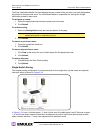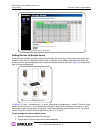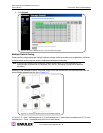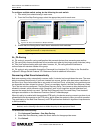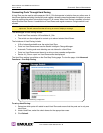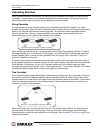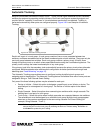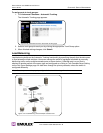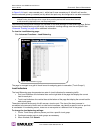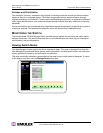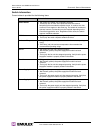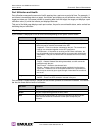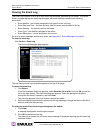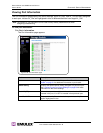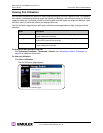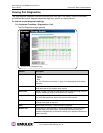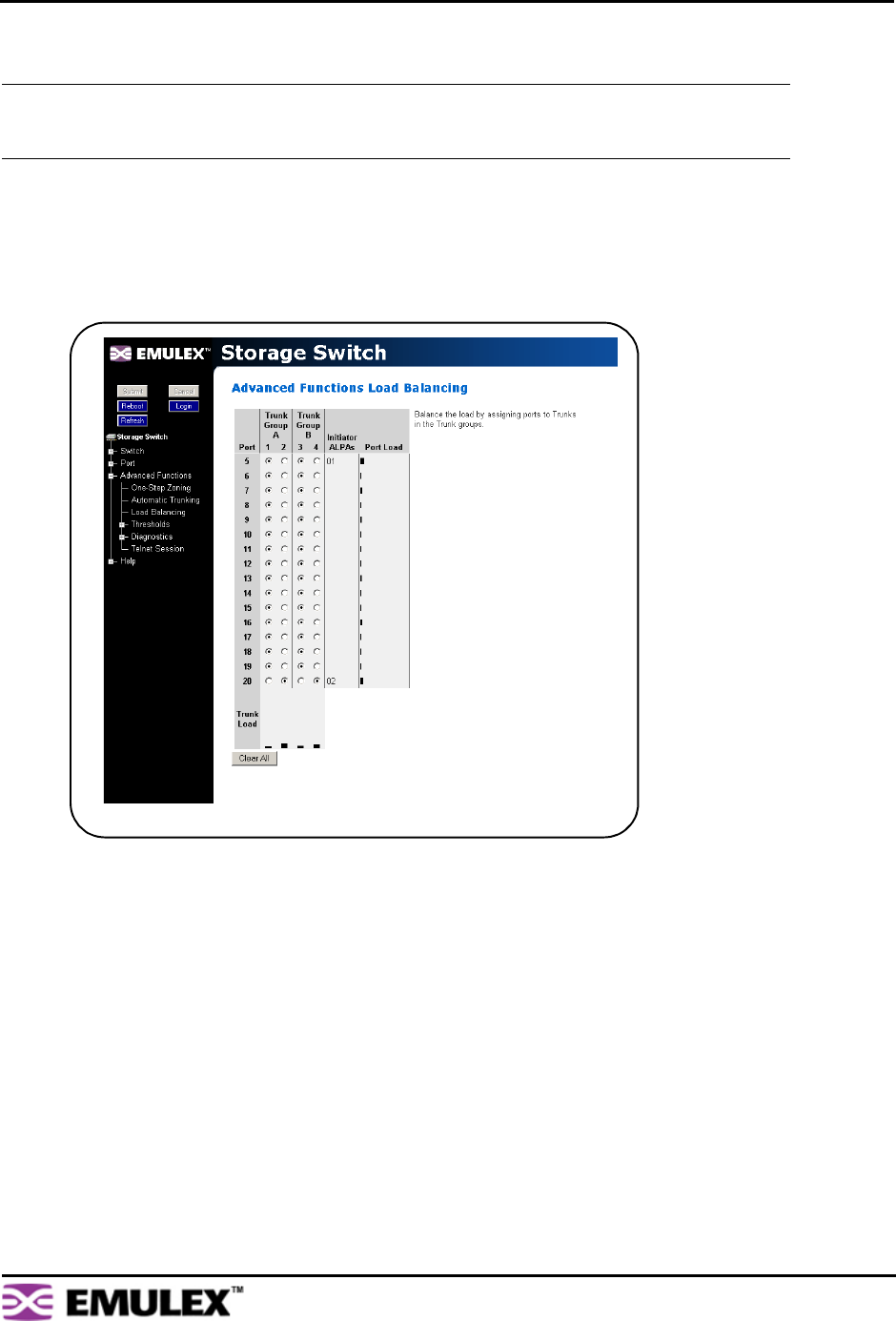
EMULEX MODEL 375 SAN STORAGE SWITCH
USER’S GUIDE CHAPTER 3: SWITCH MANAGEMENT
EMULEX CORPORATION 48
P
ART NUMBER 00041392-002 REV. B
In Figure 3-24, host 1 uses cascade port 1, while host 2 uses cascade port 2. All traffic will use the
lowest numbered (primary) cascade port by default but ports may be configured to use other cascades.
Load balancing configuration settings are available on the Web Manager’s Load Balancing page. Before
implementing load balancing on the switch, the automatic trunking settings must be configured. See
“Automatic Trunking” on page 46 for additional information.
To view the Load Balancing page:
Click Advanced Functions > Load Balancing.
The page is arranged as a grid of check boxes for assigning ports to cascades ("Trunk Groups").
Load Indicators
The Load Balancing page incorporates two sets of visual indicators for measuring traffic:
• Port Load Indicators–the horizontal bars on the right side of the page that display the current
load for each port.
• Trunk Load Indicators–the vertical bars at the bottom of the page that display the current load for
each trunk group.
These bars indicate the amount of traffic across a trunk or port. The size of the bars increase in
correlation to the amount of traffic and, as a bar’s size increases, can identify a specific trunk or port that
is overloaded. If overloading occurs, move one or more ports to a different trunk in the group.
To change the load balancing settings:
1. Click a Trunk Group option to place a port into a specific trunk group.
2. Continue to assign ports to trunk groups as necessary.
3. When finished, click Submit.
Note: When tape drives or tape libraries are included in multiple switch configurations incorporating
multiple trunks, place the tape drive or tape library and any devices that access those devices
on the secondary (duplicate) trunk, not the primary trunk.
Figure 3-25: Load Balancing page



